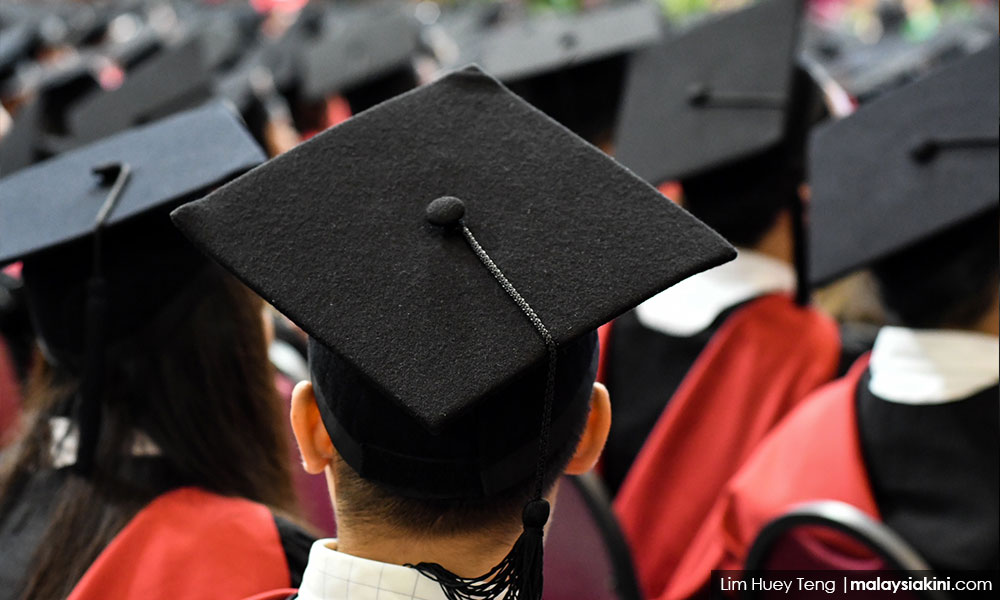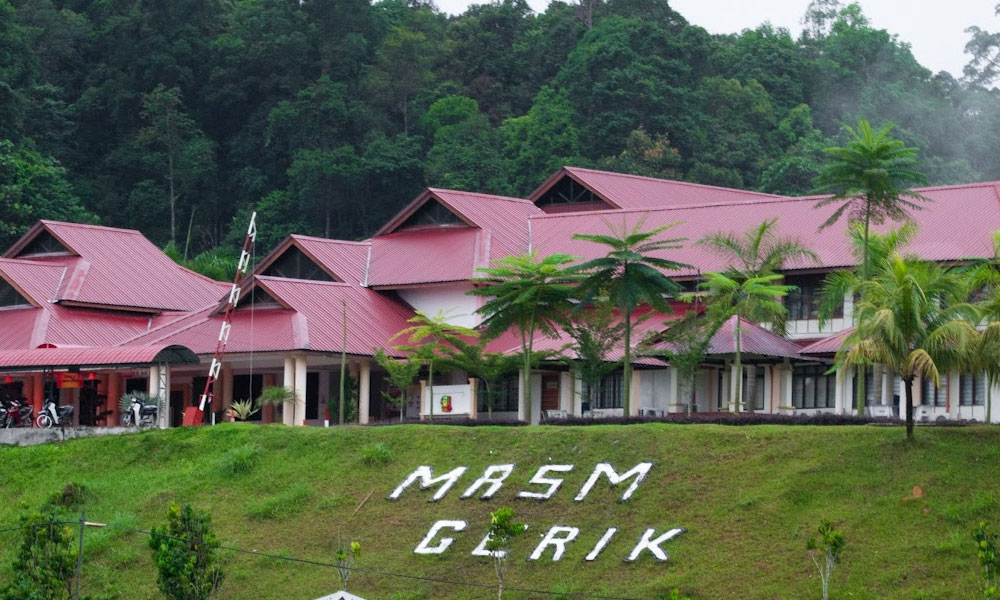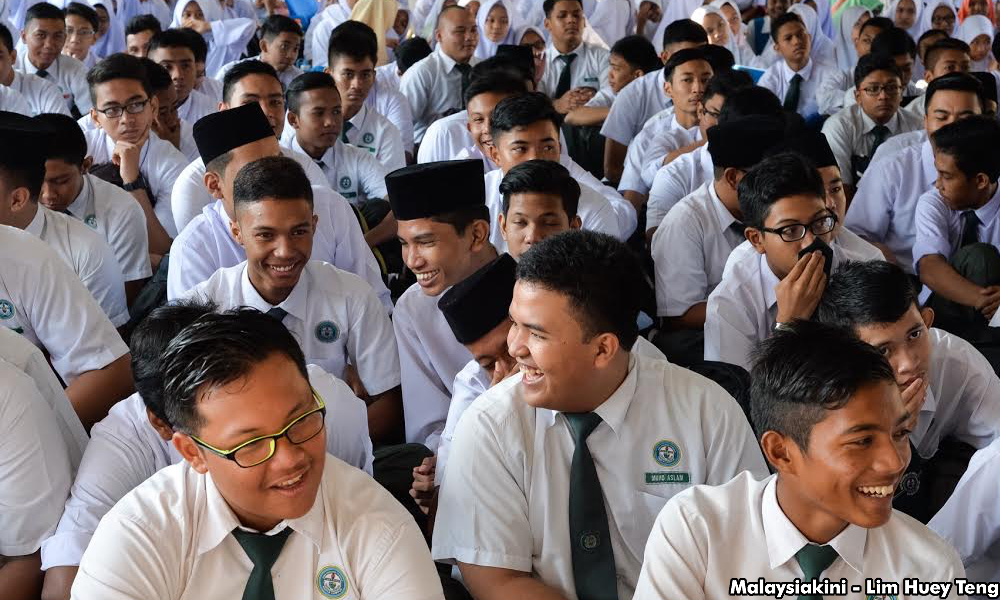MP SPEAKS | I am but one Member of Parliament of the 222 fellow parliamentarians who have consistently raised the issue of the matriculation programme when we saw the potential problems last year.
In my three attempts to raise the issue in Parliament, I have suggested ideas to the education minister and deputy minister on allocations and the selection criteria for the matriculation programme. I have also suggested how to solve the ongoing discontent on intake into the matriculation programme.
If these questions had been answered previously, a lot of the unhappiness expressed by parents now would not have arisen. It can be appreciated that within a short period of time, the government will not be able to create additional seats for the programme.
Hence, I reiterate once again that the government can utilise the RM50 million proceeds from the collection of “sin taxes” to purchase additional seats from private higher education institutions.
Each year, the government collects between RM5.7 billion to RM5.8 billion as taxes from legalised gambling activities and for the sale of alcoholic drinks.
With this RM5 billion, and if each of the 30 private institutes can offer 100 seats each at a 50 percent discount, the government can create between 2,500 to 3,000 additional seats for pre-university and matriculation programmes.

This is only a small portion of the money collected from businesses that are otherwise considered as haram, and can be used to help the socio-economic status of the marginalised communities by raising the standard of education for their young ones.
The concerns that Indian and Chinese students are taking away the bumiputera quota would, therefore, not arise at all.
This can be a joint-initiative by both the government and the private sector to solve the issue. At the same time, government institutions of higher learning, such as Universiti Teknologi Mara (UiTM), can increase their intake of bumiputera students.
There is also a need to increase matriculation seats for the Sabah and Sarawak bumiputera, as well as for children from the Orang Asli community. A long-term solution would be to introduce these programmes in East Malaysia.
I want to remind the government that in 2017, the former Socio-Economic Development of the Indian Community Unit (Sedic) had returned a total of RM93 million back to the government. This amount is more than enough to build facilities to accommodate another 3,000 matriculation students at the MIC-owned AIMST University.
If this had been done in the first place, such an issue would never have cropped up; therefore, MIC should not jump the gun now.
At the same time, I do not wish to play a blame game as this is a national problem. As stakeholders, we have to work together to look for a win-win solution.

The Education Ministry has to make known its selection criteria for the matriculation programme - including the co-curriculum score - to all Malaysians so that the people will be able to appreciate the policy of transparency that it upholds.
In the name of transparency, the ministry should also publish the names of all successful students and also those who were rejected on the ministry website, along with the relevant scores.
The ministry's selection committee for matriculation programmes should be represented by all races to avoid any bias. The committee should also be made answerable to a parliamentary selection committee. The rest of the mechanics can then be worked out.
An appeals committee should also be set up, comprising elected representatives from every component party of the ruling coalition. Every race, including the indigenous communities of Sabah and Sarawak, should be represented.
Moving forward, the government will need to provide at least 30,000 matriculation seats and therefore will have to increase the numbers gradually. The bigger the cake, the more students can be absorbed into the programme.
Five thousand of these seats for non-bumiputera students can come from government matriculation programmes, while another 3,000 seats can come from the government-private sector initiative outlined above.
Eventually, this would be a good formula to adopt in the future:
- A 75.8 percent quota for bumiputera students (including Orang Asli students) - 25,000 seats;
- 15.2 percent of the total number of seats (or 5,000 seats) for non-bumiputera students, based on the existing 3,000 seats allocated and another 2,000 seats through the joint-initiative; and
- 10 percent (or 3,000 seats) can be open to the top scholars who apply, based purely on academic achievements and are selected regardless of race.
The bottom line is that no bumiputera student will be denied entry and no Anak Malaysia, regardless of race or religion, will be discriminated.
I, therefore, urge the cabinet to prepare a White Paper to look into this problem and once they understand the issues involved, I am sure they will be more than happy to allocate RM50 million as an immediate measure to resolve this matter.
After all, this is about human capital investment that will determine the country’s future as a knowledge-based economy.
EDMUND SANTHARA is MP for Segamat and PKR deputy secretary-general.
The views expressed here are those of the author/contributor and do not necessarily represent the views of Malaysiakini.


